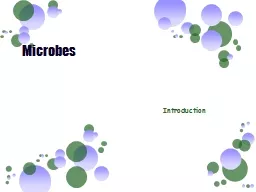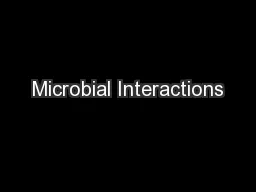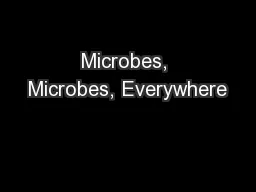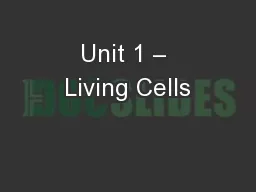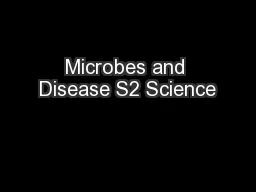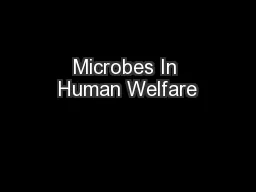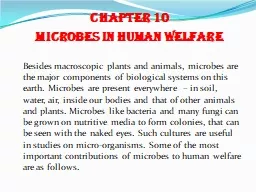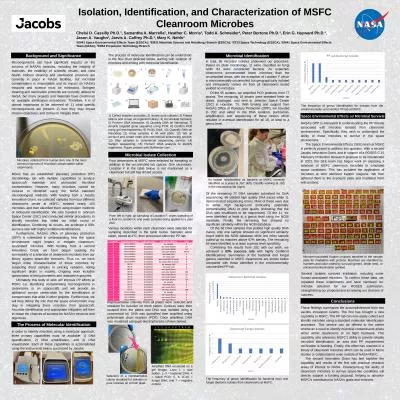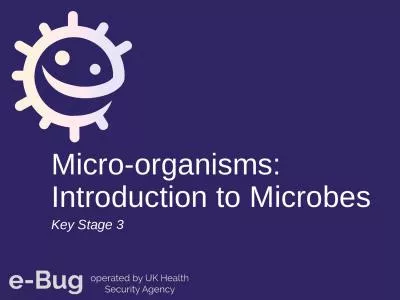PPT-Why are microbes important?
Author : tatyana-admore | Published Date : 2018-09-24
Ecological Importance of Microbes Applied and Environmental Microbiology Chapter 25 The majority of microorganisms are beneficial or harmless Without bacteria
Presentation Embed Code
Download Presentation
Download Presentation The PPT/PDF document "Why are microbes important?" is the property of its rightful owner. Permission is granted to download and print the materials on this website for personal, non-commercial use only, and to display it on your personal computer provided you do not modify the materials and that you retain all copyright notices contained in the materials. By downloading content from our website, you accept the terms of this agreement.
Why are microbes important?: Transcript
Download Rules Of Document
"Why are microbes important?"The content belongs to its owner. You may download and print it for personal use, without modification, and keep all copyright notices. By downloading, you agree to these terms.
Related Documents



